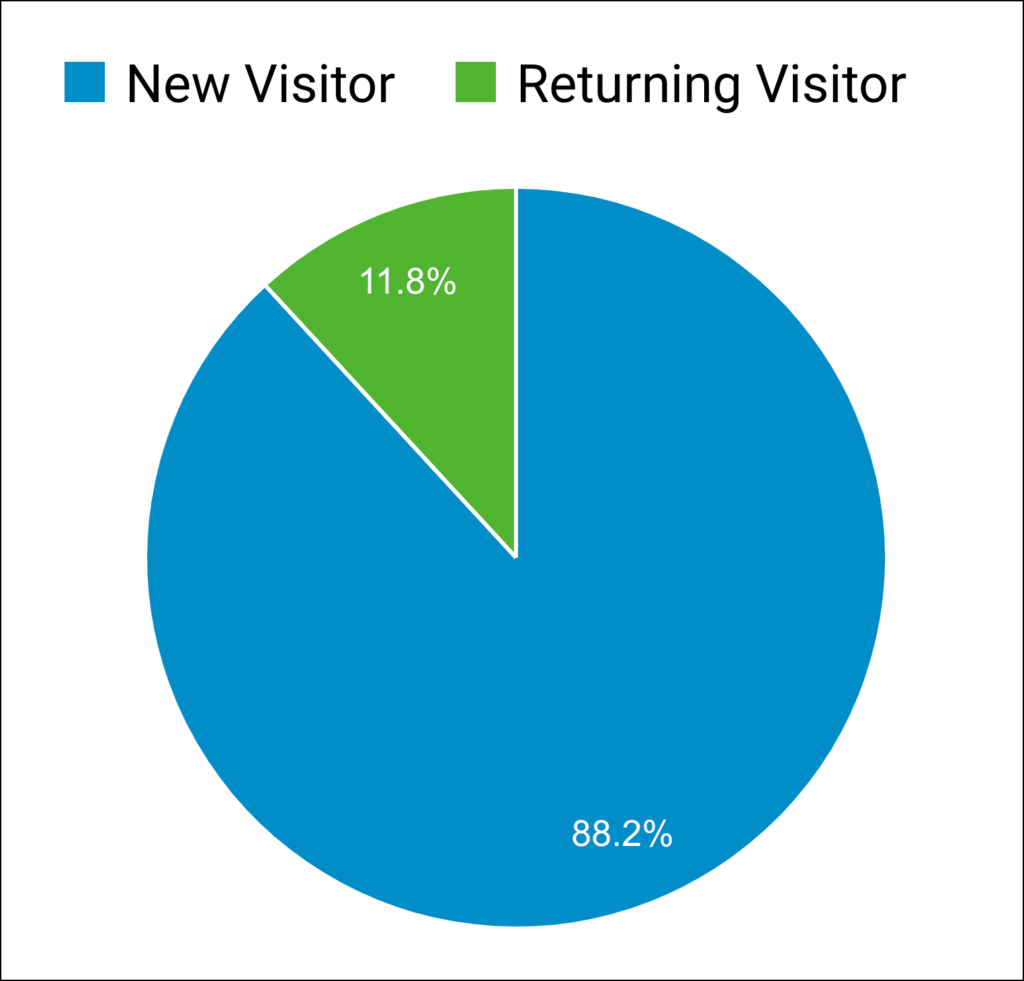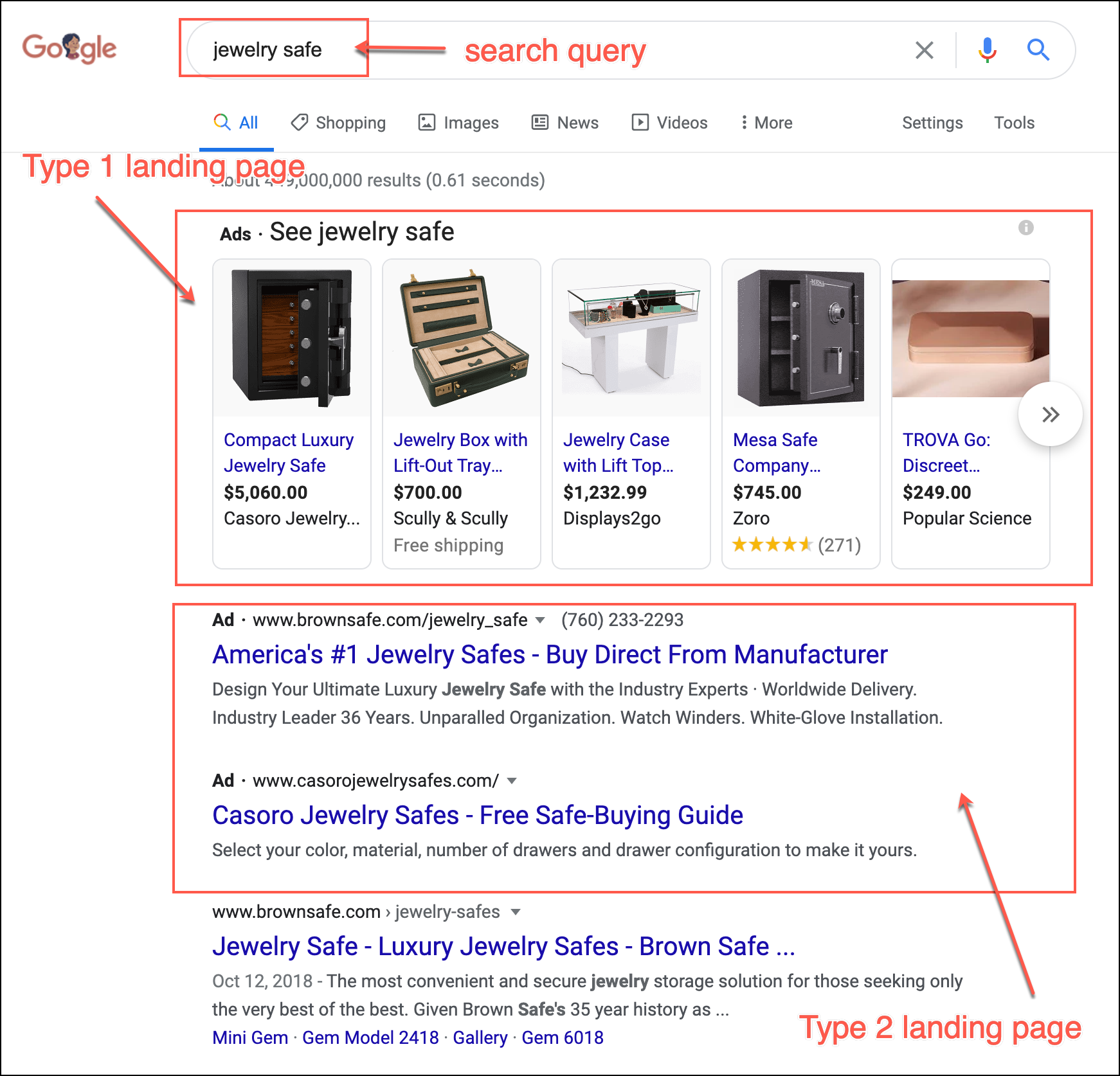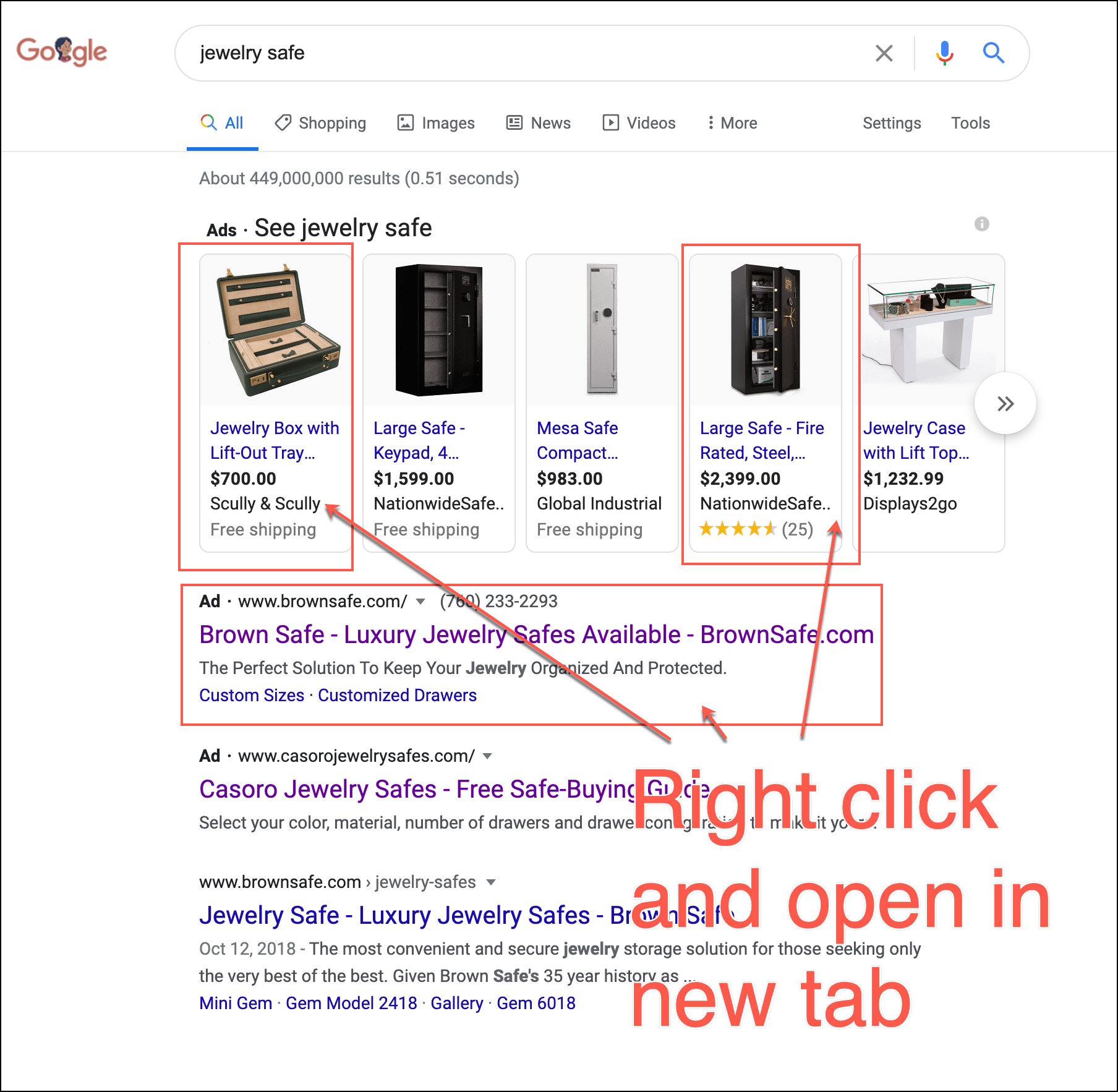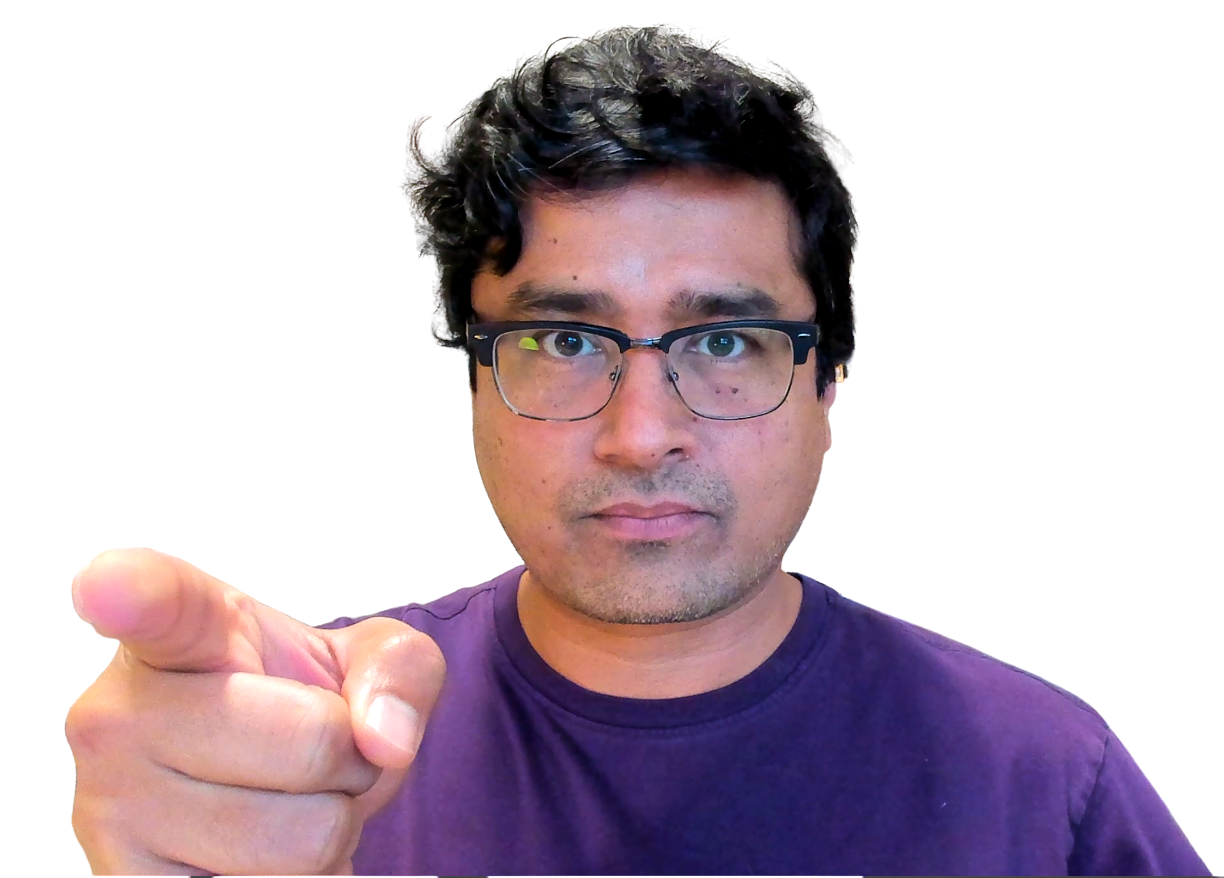Blog
How to Make a Landing Page That CONVERTS
The first page a new visitor sees is your landing page. Turns out, first impressions really do matter. As a marketer, my most important goal is to improve landing page conversions by minimizing landing page bounce rates.
Why Landing Page Conversions Matter
According to a Databox survey, 68% of site visitors are new.
These are people who have never seen you before and they don’t know who you are. You may be the best choice on the market but these new visitors don’t know that, yet.
You can see the new vs. return visitor rate in GA by going to the Audience –> Overview report. Here is mine:

The Average Return Rate for New Visitors
Let’s stick with my site. 88.2% of my visitors are new and 11.8% are returning. This means if I worked my tail off to bring in 100 new people and couldn’t convert them during their very first visit only 10 would give me a second chance. Those are terrible odds.
Bottom line: we can solve all of these problems by simply applying buyer psychology to improve our landing page conversions. And it isn’t that hard (hint: you have to add just one tiny button and it’ll make all the difference).
Types of Landing Pages
There are two types of landing pages. Type 1 and type 2 are shown in the screenshot below:

Landing page type 1 is a Google PLA (product listing ad) and when clicked it’ll take the user to a product page.
Landing page type 2 is the more traditional landing page and will either take visitors to a category page with a listing of products -or- to a page that looks like a personalized homepage (personalized for the search term). I did a search for “back pain relief”, clicked the ad, and was taken to this personalized landing page by sleepnumber.com:

This landing page is a sales pitch personalized for people Googling “back pain relief”.
Buyer Psychology of Visitors Landing on Your Site for the First Time
You may think you’re a clever marketer but your buyer is pretty smart too because when they do a Google search they don’t just open your ad, they right-click and open a few more tabs:

See, our marketing arrogance makes us believe shoppers come to a landing page, pay close attention, and read it from top to bottom. In reality, your landing page is just one of the open tabs on their browser. They are looking at us and all our competitors at the same time.
But our brains aren’t capable of processing all of this information. So the shopper slips into System 1 mode (this is the emotional mode).
In System 1 mode the shopper is processing information far too fast. They are not reading your marketing sales pitch the way you imagined they would. They are quickly looking at the open tabs and within a few fractions of a second deciding if it’s worth spending more time.
If there is even a hint that the landing page and your business might be a waste of time the shopper is going to simply click the close button. And once they leave they aren’t coming back.
Don’t worry, we’ll now show you the trick we’ve perfected over the last 11 14 years of A/B testing to minimize landing page bounce rates.
The Reveal: How to Boost Landing Page Conversions
The goal of the landing page is to hook the visitor with your sales pitch. We have just one chance— less than 3% of ad traffic makes a purchase and only 38% ever returns.
It’s really hard impossible to construct a pitch that appeals to all. Unfortunately, this is what most try to do. Our approach is a little more radical but works like a sonofabitch. Our strategy is to ignore 84% of visitors and triple down on a very special group called Healthy Skeptics. 👈🏼 click the link to your left for an unfair advantage over the competition.



